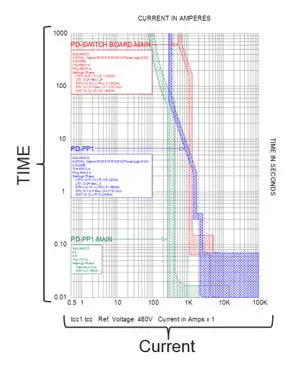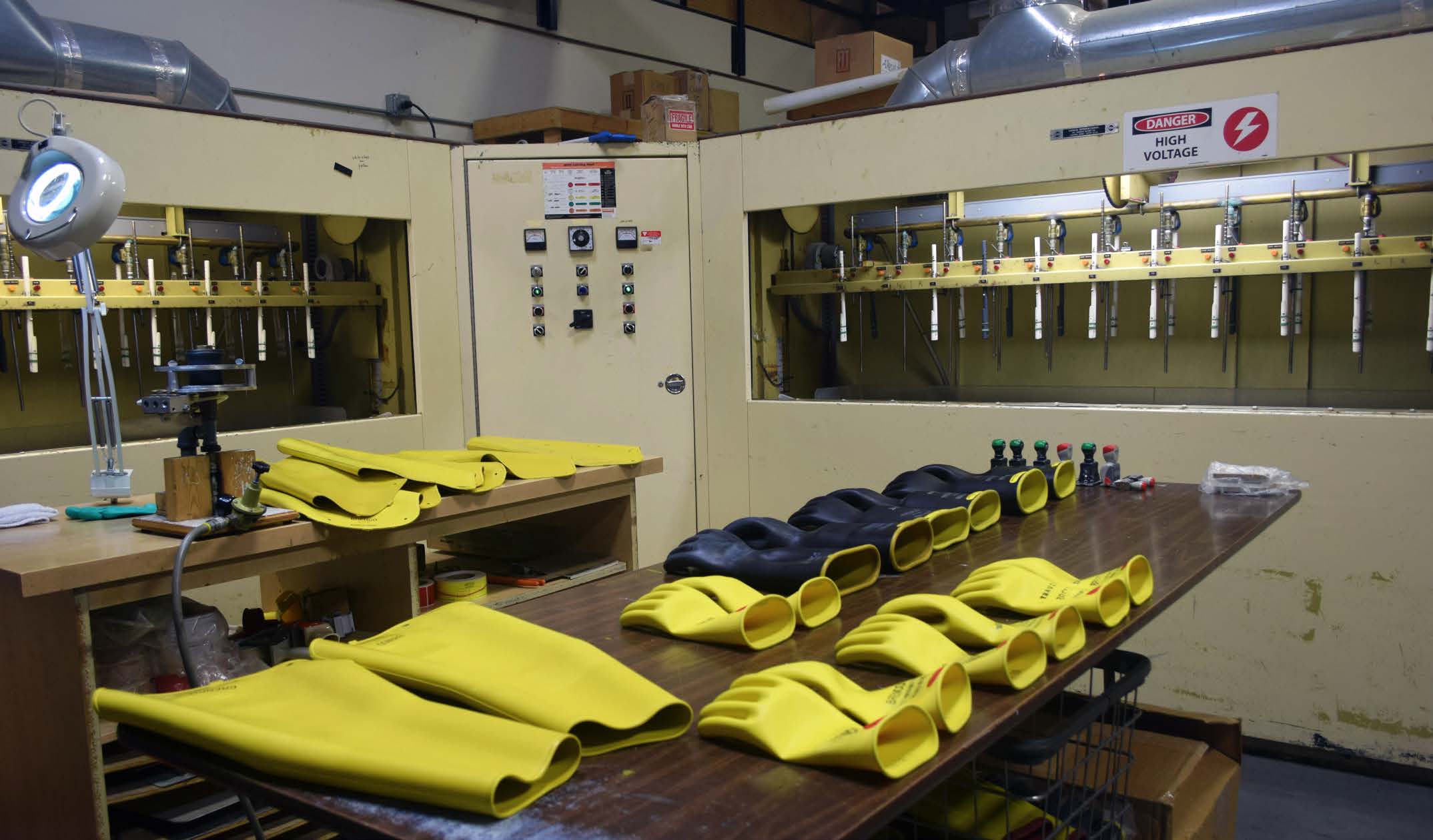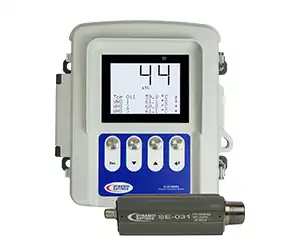29 CFR 1910.147 - Control of Hazardous Energy
By R.W. Hurst, Editor

NFPA 70e Training - Arc Flash
Our customized live online or in‑person group training can be delivered to your staff at your location.

- Live Online
- 6 hours Instructor-led
- Group Training Available
Download Our NFPA 70E Fact Sheet – 2024 Electrical Safety Edition

- Understand how NFPA 70E works with NEC and NFPA 70B standards
- Clarify the shared responsibility between employers and employees
- Learn how NFPA 70E supports OSHA compliance
29 CFR 1910.147 is OSHA’s Lockout Tagout standard, protecting workers from hazardous energy during servicing or maintenance. It outlines procedures for isolating energy sources to prevent injury from unexpected machine startup or energy release.
What is 29 CFR 1910.147?
29 CFR 1910.147 is the Occupational Safety and Health Administration's (OSHA) standard for the control of hazardous electrical, mechanical, hydraulic, pneumatic, chemical, thermal or other energy LOTO in general industry.
✅ Protects workers from hazardous energy during equipment servicing
✅ Requires Lockout/Tagout procedures to control energy sources
✅ Prevents accidental machine startup and related injuries
Request a Free Training Quotation
The purpose of this standard is to establish procedures and requirements for the control of hazardous energy when employees are engaged in the servicing or maintenance of machines or equipment or when workers are exposed to other sources of hazardous energy during their work. Learn how arc flash risks intersect with OSHA standards by reviewing our Arc Flash PPE requirements, ensuring your team is properly equipped for safe maintenance operations.
The 29 CFR 1910.147 standard outlines the minimum requirements for controlling hazardous energy LOTO and requires employers to develop, implement, and enforce an energy control program. This program includes a written energy control procedure, employee training, and periodic inspections to ensure effectiveness.
The standard also requires LOTO devices to control hazardous energy sources. The LOTO devices must be specifically designed for the equipment or machinery being serviced, and they must be used in accordance with the manufacturer's instructions to perform servicing or maintenance on the equipment. Discover how OSHA's lockout/tagout standards are applied in the field by exploring our guide on electrical safety procedures that help prevent accidental equipment start-up.
Electricity Today T&D Magazine Subscribe for FREE

- Timely insights from industry experts
- Practical solutions T&D engineers
- Free access to every issue
29 CFR 1910.147 applies to all general industry employers who perform maintenance or servicing activities on machines or equipment that could potentially release hazardous energy, including electrical, mechanical, hydraulic, pneumatic, chemical, thermal, and other forms of energy.
OSHA's 29 CFR 1910.147 standard is essential for ensuring worker safety and preventing accidents caused by the unexpected startup or release of hazardous energy during servicing or maintenance activities. Therefore, employers must comply with the standard to protect workers from injury and avoid OSHA penalties and fines. Gain insight into LOTO-related hazards with our arc flash incident page, which highlights the real-world consequences of improper energy control.
Visit our 29 CFR 1910.147 Lockout Tagout Training Course
Frequently Asked Questions
What is the Scope and Application of 29 CFR 1910.147?
The standard applies to the control of hazardous energy during the maintenance and service activities of machines and equipment. It covers practices and procedures necessary to disable machinery or equipment, preventing the release of potentially hazardous energy while employees perform the servicing. The scope encompasses all forms of energy, including mechanical, hydraulic, pneumatic, chemical, thermal, and other energy sources, that could cause harm if not properly controlled.
What are the Definitions of Key Terms in 29 CFR 1910.147, such as "Authorized Employee" and "Affected Employee"?
Understanding key terms is essential for compliance with the standard:
-
Authorized Employee: A person who locks out or tags out machines or equipment to perform servicing or maintenance. This employee has been trained in the control of hazardous energy and is responsible for implementing energy control procedures.
-
Affected Employee: An individual who operates or uses a machine or equipment on which servicing or maintenance is being performed under LOTO, or whose job requires working in an area where such servicing is taking place. They need to be aware of the procedures but are not responsible for implementing them. To understand how arc flash boundaries relate to LOTO compliance, refer to our detailed arc flash boundary calculation resource, which explains how to define safe working distances.
What are the Requirements for Energy Control Procedures under 29 CFR 1910.147?
Employers must develop, document, and use specific energy control procedures to ensure the control of hazardous energy. These procedures should include:
-
Energy Isolating Devices: Methods for isolating machines or equipment from energy sources, ensuring they cannot be re-energized accidentally.
-
LOTO Devices: Physical devices, such as locks and tags, used to secure energy-isolating devices and indicate that the machinery should not be operated.
-
Release of Stored Energy: Steps to release or control stored or residual energy that could pose a hazard during maintenance and services activities. This includes addressing the reaccumulation of stored energy to ensure it remains safely controlled. Review our OSHA electrical safety page for a comprehensive look at how 29 CFR 1910.147 fits into broader electrical safety regulations and training requirements.
What Training and Communication are Required by 29 CFR 1910.147?
Training is a critical component of the standard, ensuring that all employees understand and can implement the energy control procedures:
-
Authorized Employees: They must receive comprehensive training on recognizing hazardous energy sources, understanding the types and magnitude of energy in the workplace, and the methods necessary for isolating and controlling energy.
-
Affected Employees: These employees require training on the purpose and application of energy control procedures, as well as the importance of LOTO devices.
-
Communication: Continuous communication is essential to keep all employees informed about energy control procedures and any changes or updates to the program.
What are the Periodic Inspection Requirements of 29 CFR 1910.147?
To ensure ongoing compliance and effectiveness of the energy control program, periodic inspections are required:
-
Annual Inspections: Employers must conduct at least an annual inspection of the energy control procedures to verify that they are being followed correctly and remain effective.
-
Inspection Process: Inspections should be performed by an authorized employee other than the one using the procedures being inspected. This helps provide an objective review of the procedures.
-
Documentation: Inspections must be documented, including the identification of the machines or equipment, the date of the inspection, the employees included, and any deviations or inadequacies observed.
FREE EF Electrical Training Catalog
Download our FREE Electrical Training Catalog and explore a full range of expert-led electrical training courses.

- Live online and in-person courses available
- Real-time instruction with Q&A from industry experts
- Flexible scheduling for your convenience
In compliance with 29 CFR 1910.147, it is essential for an authorized employee performing maintenance tasks on machinery to follow strict lockout/tagout procedures, especially when dealing with connected electric equipment. This includes machinery that is cord and plug-connected, ensuring that all energy sources are properly isolated before any work begins. Tasks such as lubrication, cleaning, or unjamming are considered minor servicing activities; however, they must still adhere to safety protocols if they are not routine, repetitive, and integral to the equipment's use. By following these guidelines, the risk of accidental energy release is minimized, safeguarding employees during maintenance operations.
OSHA's 29 CFR 1910.147 standard is vital for ensuring workplace safety by preventing the unexpected energization or start-up of machines and equipment. By understanding the scope, definitions, energy control procedures, training requirements, and inspection protocols, employers can develop effective LOTO programs to protect their workers from potentially hazardous energy. Compliance with this standard not only enhances safety but also improves operational efficiency and reduces liability for employers. Investing in a robust LOTO program is essential for maintaining a safe and productive work environment. Our Lockout Tagout training course helps ensure compliance with OSHA 1910.147 by teaching proper procedures for safely de-energizing machines.
Explore More Arc Flash Topics:
Explore our Arc Flash Training Programs or contact us to Request a Free Training Quotation for group safety sessions and PPE consultation.







